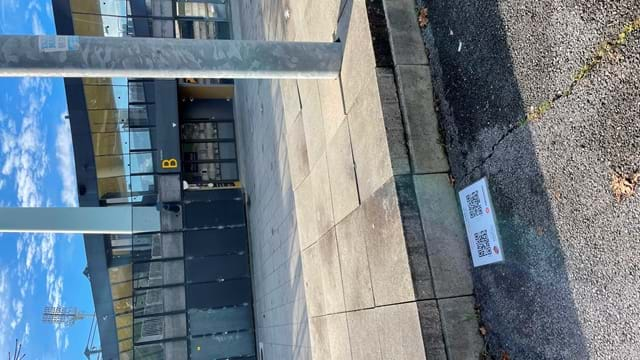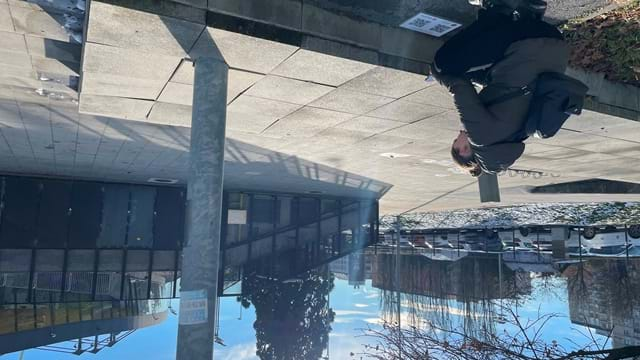The cemetery in the area of today's Ljudski vrt Stadium was intended for the internment of the residents of Maribor and its suburbs on the left bank of the River Drava.
The cemetery was constructed after the reforms of Emperor Joseph II were introduced in 1783. It was surrounded by a wall with a wrought iron gate. In 1827, the Chapel of the Sad Mother of God was built in the centre of the cemetery and a large cross with Mary was erected nearby. From 1868, the cemetery had a special area designated for the internment of Catholics and another for Protestants. The Renners' grave represented a symbolic border between the two sections as Konrad Renner was a Protestant and his wife Josephine was a Catholic. A single cross with a tombstone was erected on the fence between the cemeteries, and the spouses were buried each on their side. The inscription said: "Sei hier der Friedhof auch begrenzt, ein Kreuz auf beider Gräbern glänzt" ("Although two tombs are separated by the border, a single cross shines over both of them.").
The dead were buried in this cemetery until 1914, and in existing tombs until as late as 1925. When the city administration decided to abandon the cemetery in 1930, the owners of the graves had the option to transfer the remains of their relatives as well as the tombstones and tombs to the Pobrežje Cemetery, with appropriate assistance and funeral ceremonies, but at their own expense.


Mladinska ulica 25-26 (in front of Ljudski vrt Stadium)
2000 Maribor


